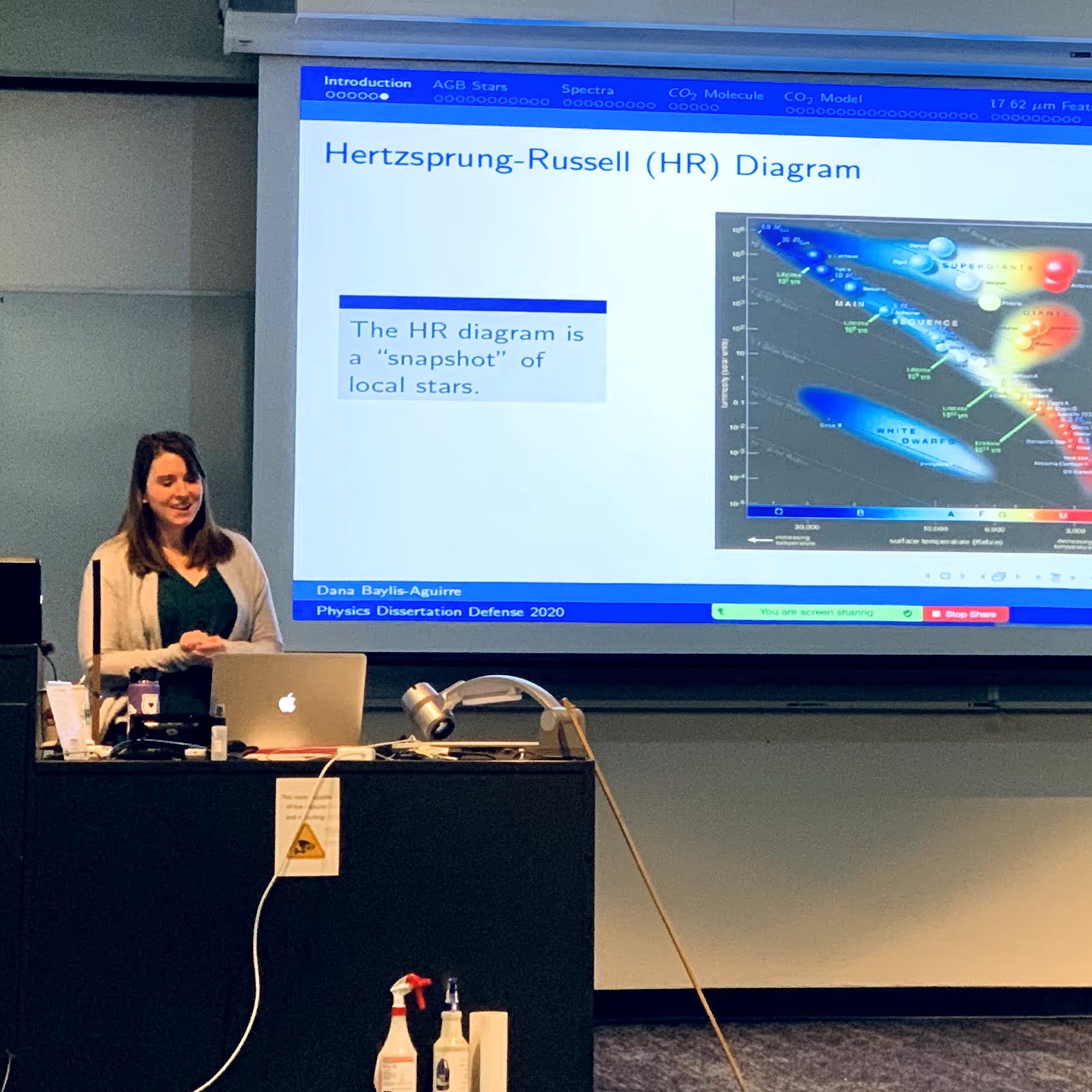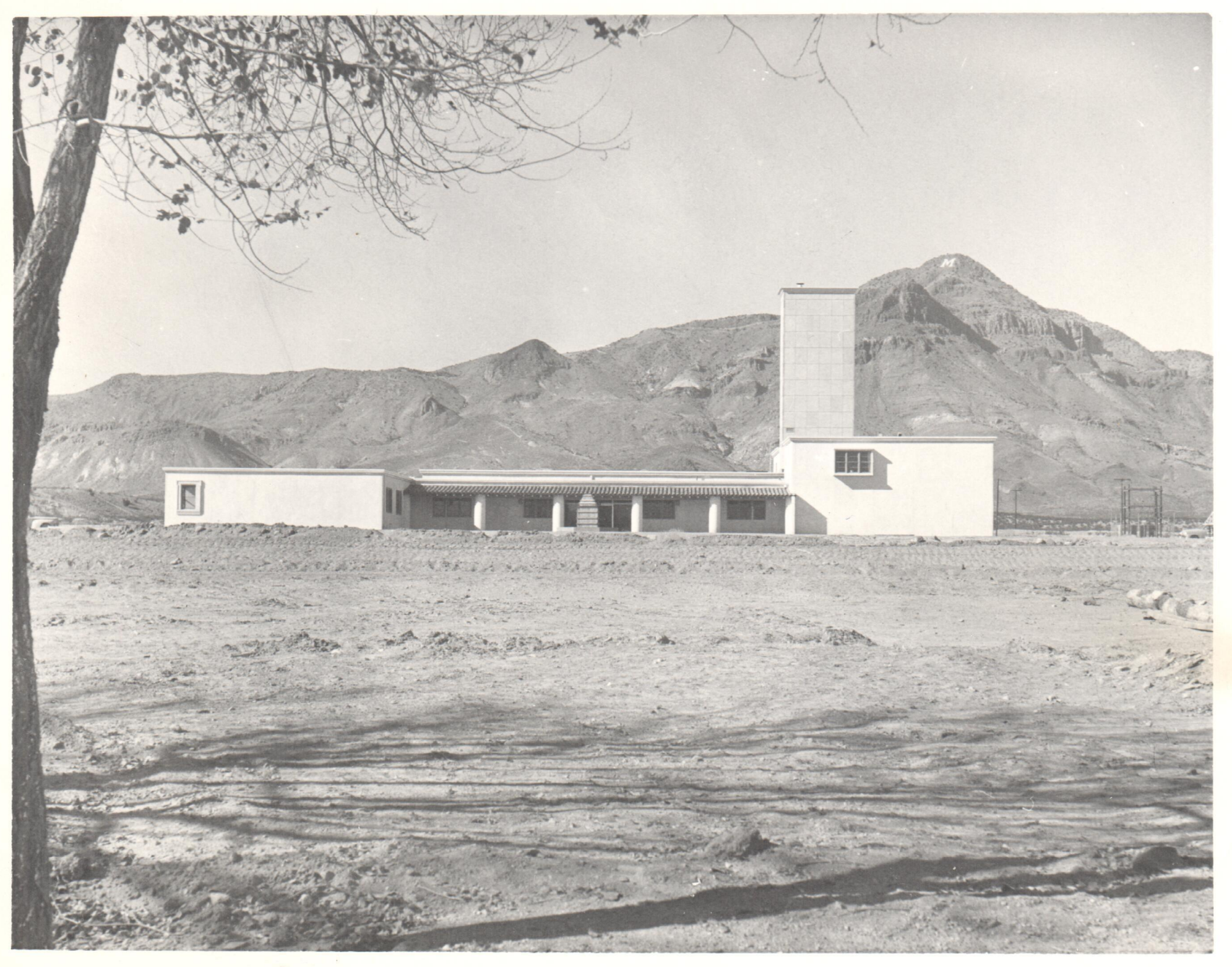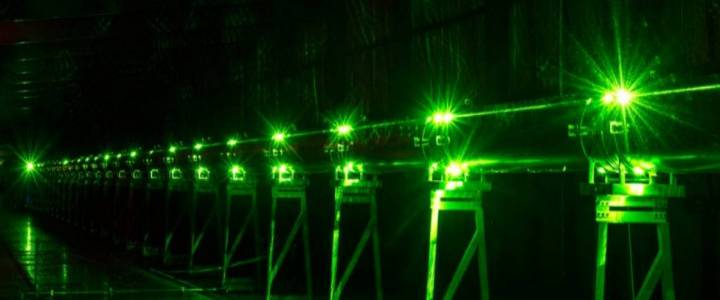
Department of Physics
Physicists ask the most fundamental questions about science. Why are we here? What are we made of?
Physicists at New Mexico Tech are most interested in phenomena in the Earth's atmosphere and in deep space.
--------------------------------------------
Active Research Groups:
Affilitated Institutions:
Langmuir Laboratory for Atmospheric Research
National Radio Astronomy Observatory
--------------------------------------------
Upcoming Events:
------------------------------------------------------------------------------------
News:
Aurora was observed on November 11, 2025! These photos from Etscorn campus observatory were taken by Physics graduate student David Frothingham.
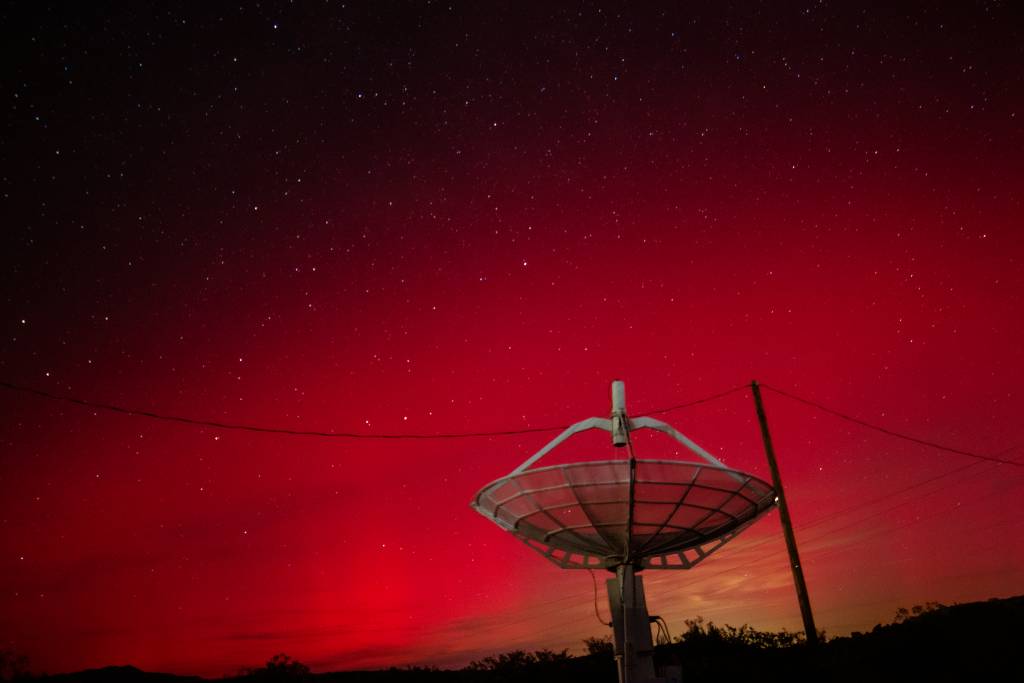
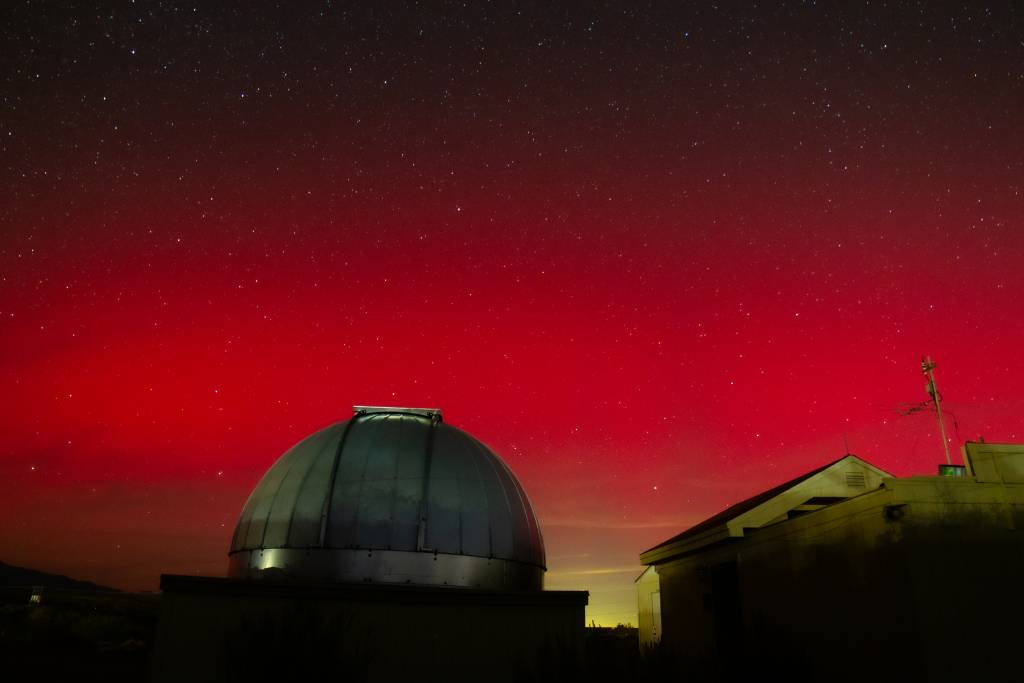
Link for more Physics Department News
--------------------------------------------
This video provides a glimpse of what it's like to be a student in the Physics Department at New Mexico Tech. It was created by former Physics PhD student Daniel Jensen.


